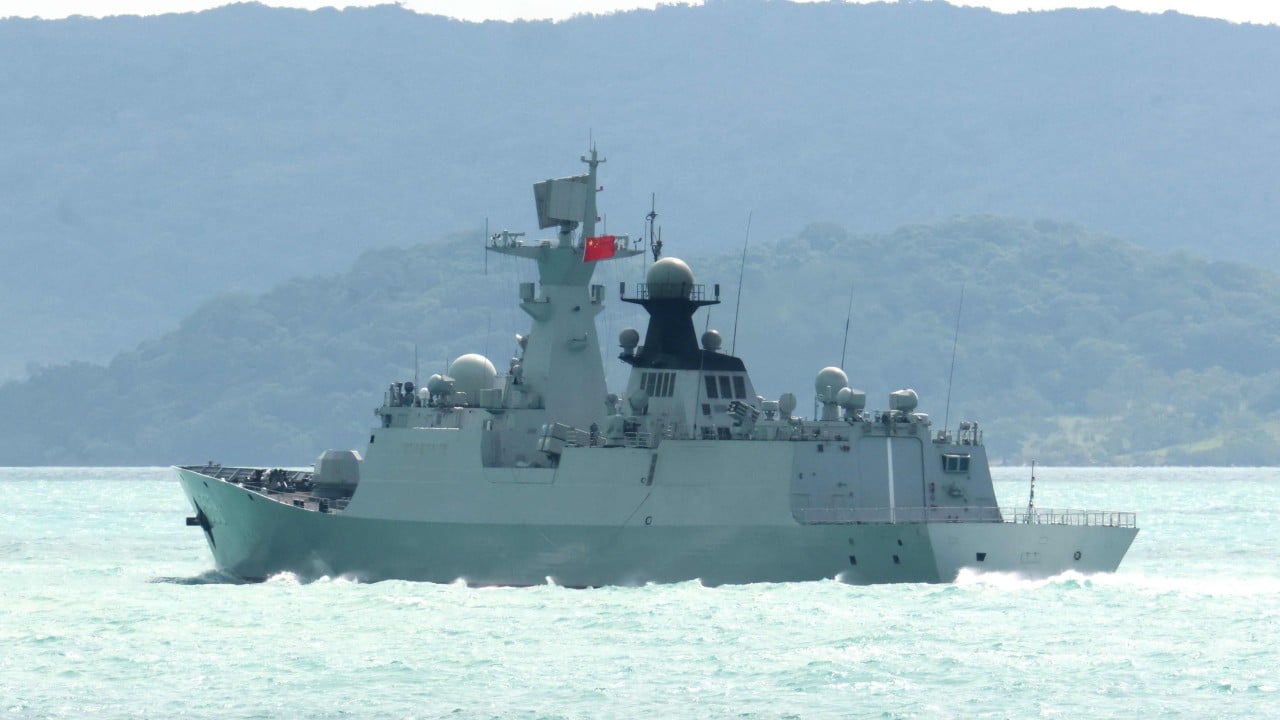China’s “unprecedented” live-fire naval drills in waters between Australia and New Zealand have raised significant security concerns, with analysts suggesting that Canberra and Wellington would likely step up air and maritime surveillance capabilities to better monitor Chinese naval activities.
Advertisement
Both countries were also expected to invest in a wider range of intelligence, surveillance and reconnaissance capabilities, including working with the United States and other partners.
On Friday and Saturday, a Chinese Navy flotilla, consisting of its most powerful warship – the Type 055 Renhai class cruiser – held two live-fire exercises in the Tasman Sea, which prompted passenger planes to change course mid-flight and raised concerns among officials in both countries.
Describing the drills as “unprecedented”, New Zealand defence minister Judith Collins said on Monday that Wellington had never seen a task force of this capability doing that kind of work.
“The weapons they have are extremely capable. One has 112 vertical launch cells and has a reported anti-ship ballistic missile range of 540 nautical miles,” she said.
Advertisement
On Saturday, Australia’s Prime Minister Anthony Albanese said that even though the Chinese drills complied with international law, Beijing “could have given more notice.”

